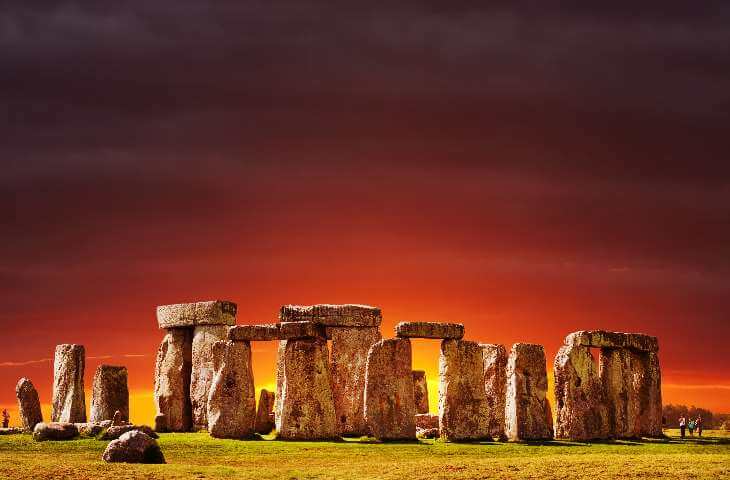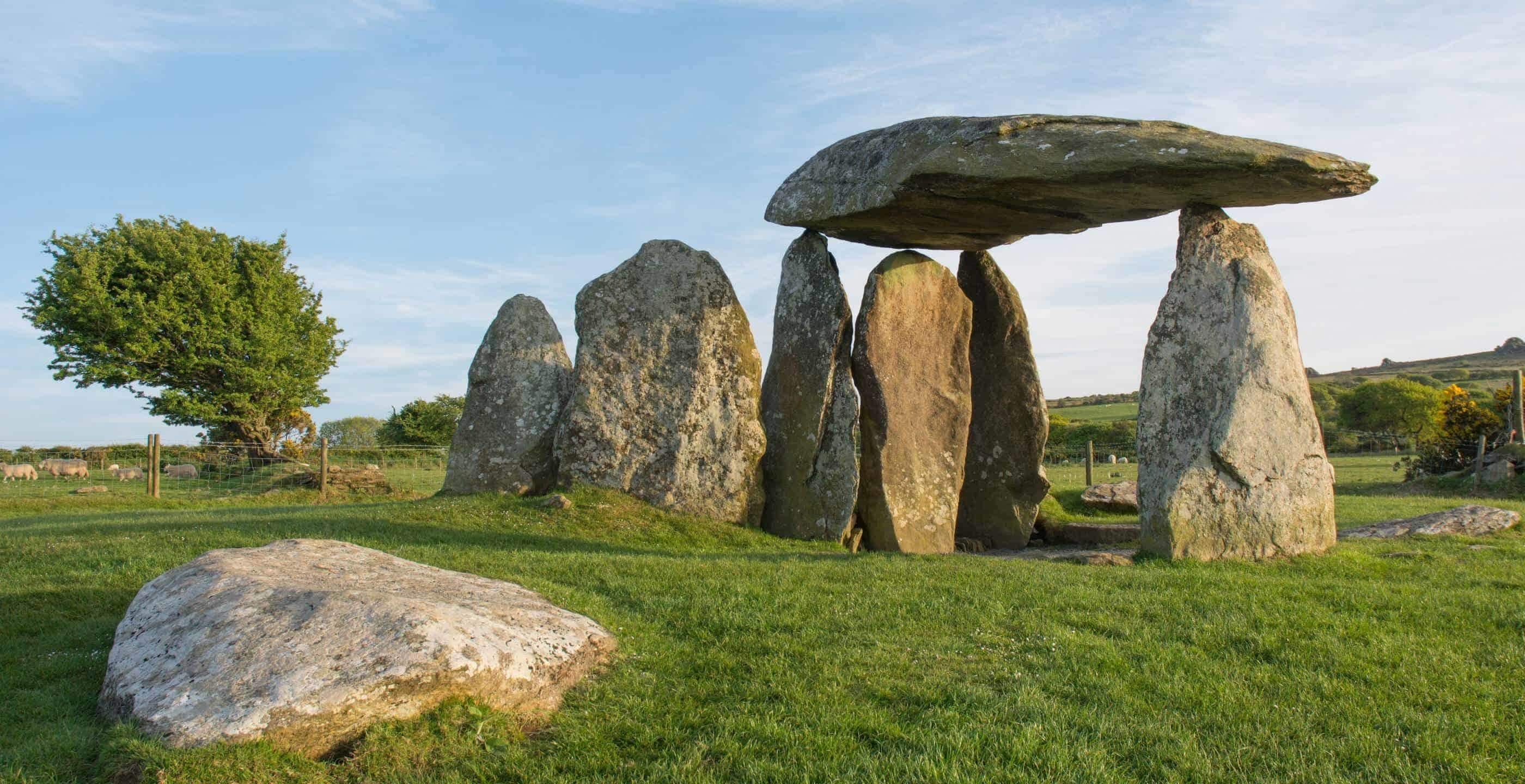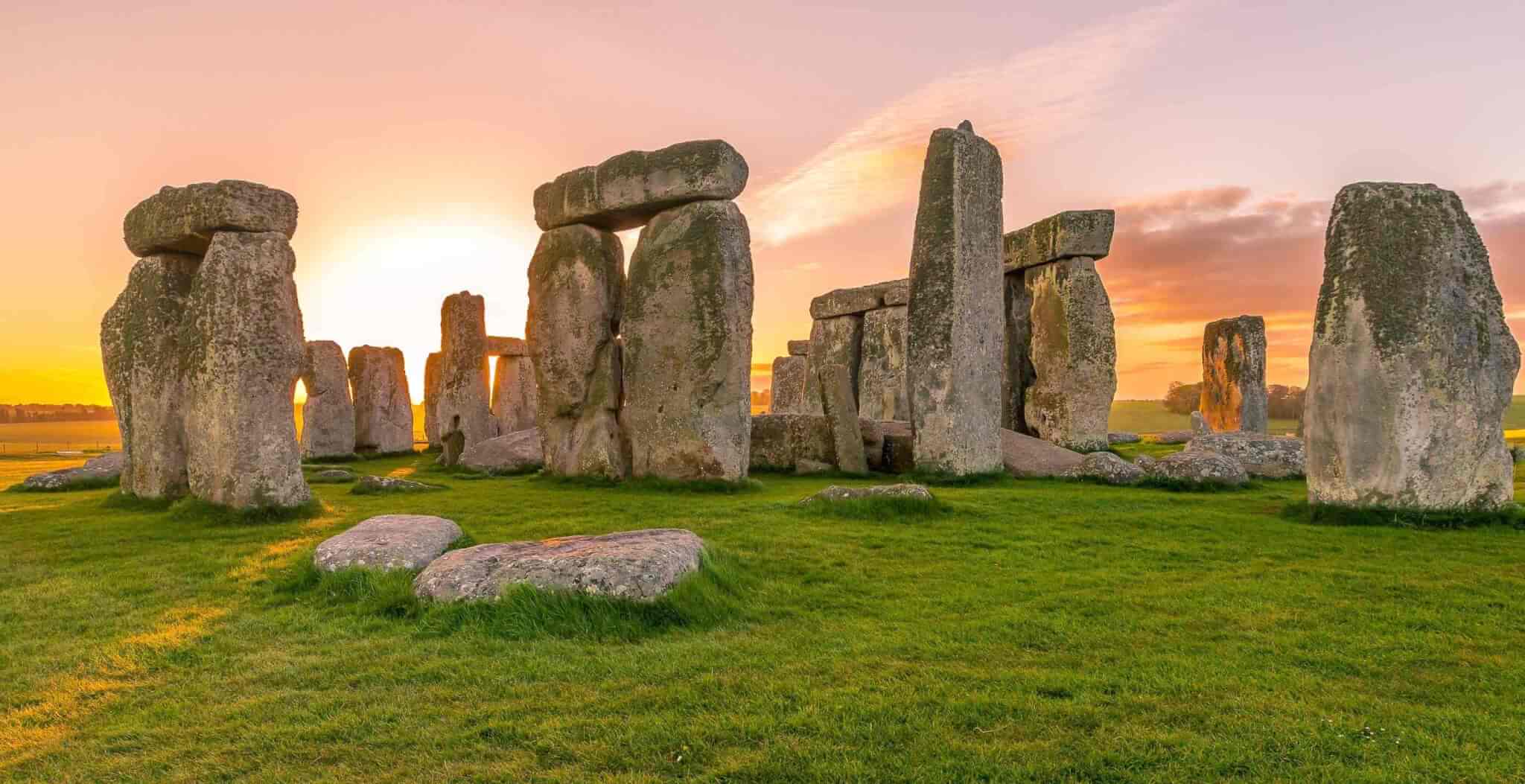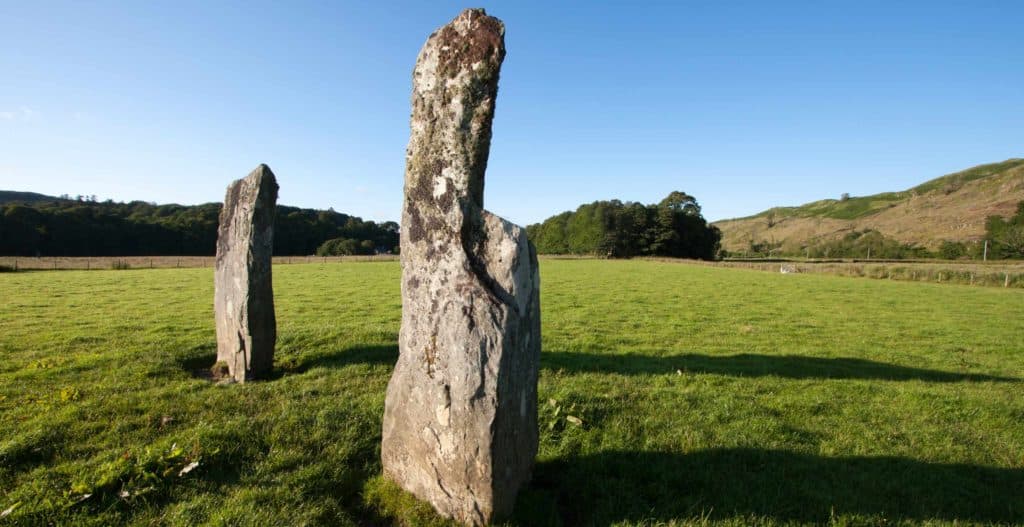It is difficult to pin-point the beginning of Wales as we know it today. Early historians argued that Wales dates back to 1170 BC when legend tells that the Trojan descendant Brutus arrived on our shores and promptly became the first King of the eponymously named Britain. The first written reference to Wales comes from the Roman senator and historian Tacitus in AD 48 and the first references to the name Cymry (the Welsh people) came even later in AD 580, with the borders introduced around AD 790 following the inception of Offa’s Dyke.
However, the discovery of Neanderthal human teeth dating back to the Lower Palaeolithic era, or Old Stone Age, in a cave in the Elwy Valley shows that humans frequented the area nearly 250,000 years ago.
It would be incorrect though, to assume that Wales and the rest of Britain have been continuously populated since the Stone Age. The inclement conditions faced by these prehistoric humans would have meant a nomadic lifestyle spanning Britain and much of Northern Europe. Indeed long periods of glaciation, including the Ice Age of 70,000 BC, meant that Wales and the rest of Britain were completely uninhabitable for thousands of years at a time. The ice finally began to retreat in approximately 10,000 BC but it wasn’t until 8300 BC that Wales became free of glaciers and temperatures began to rise. It was at this point in time that Britain became the island we know today, as the melting glaciers produced a substantial body of water and the narrow channel between Ireland and Wales became a vast sea.
This resulted in a significant transformation of the landscape in Wales during the Mesolithic Age, when it became a veritable forest. This change in the environment and the disappearance of big game such as bison and mammoths led to the development of agriculture in Wales and the rest of Britain, following its invention in Near East countries such as Egypt.
For the first time communities flourished as food could be grown and livestock reared, providing surplus supplies and allowing more time for the creation of tools and advancements in building techniques. This change from the nomadic hunter-gather way of life to the more defined agriculturalists meant that permanent settlements began to spring up across Wales.
Cromlech dwellings
Similarly to the inhabitants of Spain, Brittany and other parts of Britain, in 3500 BC the Welsh settlers began to construct dwelling places from large, interlocking stones which were made in such a way as to remain stable without the use of mortar or cement. Today, these types of structure are more commonly known as megalithic, from the Ancient Greek words megas meaning ‘great’ and lithos meaning ‘stone’. However, in the Brythonic language – the shared Celtic language which was the forefather to the Welsh, Cornish, Breton, Cumbric and Continental Celtic languages of Europe – the dwellings were known as Cromlech or Cromlechi which originated from the words crom meaning “bent” and llech meaning “flagstone”.
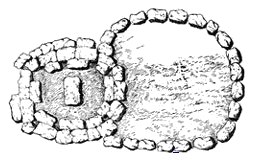
As the only permanent building on their designated land, the cromlech was the focal point for a small clan-like community, used as both a tomb for burying the dead and a meeting place for community events and rituals. Personal dwellings would move continuously around the cromlech as the land was reaped and rested. For the actual construction of a cromlech, communities would band together and help each other, as it could often take more than a hundred men to complete the work.
Although it was originally assumed that these structures were inspired by buildings in the Near East, advancements in carbon dating in the twentieth century have shown us that these structures were in fact the first solid man-made constructions, pre-dating the Egyptian pyramids by almost 1500 years.
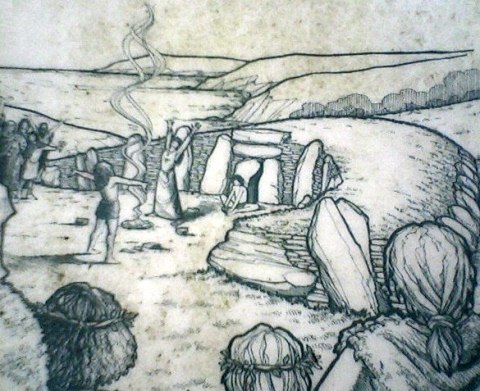
Around 150 cromlechi can still be seen in Wales today and interestingly they are spread across more of the western side of the territory, suggesting an influence from neighbours across the sea rather than neighbours to the east in England.
As community numbers swelled, the use of the Cromlech as a meeting place was superseded by the development of the henge, a large circular area bordered by a ditch which was used for both trade and local rituals. One of the earliest of these henges can be found at Llandygái near Bangor, where remains dating back to between 3650-3390 BC have been discovered. However, the most famous relic of this type of early settlement is Stonehenge in Wiltshire, which dates back to approximately 2500 BC.
